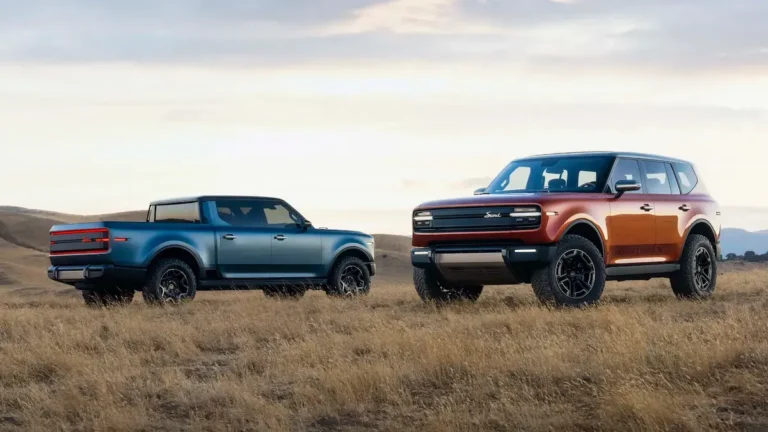When Scout Motors makes its big comeback under the Volkswagen Group, all eyes won’t just be on its iconic design or electric powertrains- the price tag will matter as much. At a time when car buyers are frustrated by skyrocketing vehicle costs, Scout CEO Scott Keogh reiterates that the company will get the pricing right and its products will deliver good value.
Table of Contents
Why Price Matters More Than Ever
The U.S. car market is at a tricky point. Prices are higher than ever, federal incentives for electric vehicles are fading, and tariffs continue to shake things up. Many EV startups have struggled because their vehicles launched too high, too late, or too out of touch with what buyers could actually afford. Keogh says Scout will not make that mistake.
This CEO is unbothered by the loss of the electric vehicle tax credits. “The business case never had the incentives in it.” he said confidently in a recent interview with Car & Driver. EVs from Scout are expected to go on sale in 2027 and 2028. The incentives will last only till 2032. Keogh says there’s no way that his company would bet big on infrastructure and plot business plans based on a four-year window.
Scout’s first models- the Traveler and Terra pickup truck- will have a target starting price of $60,000, putting great material pressure on the company. Scout will also have a plug-in hybrid version of these on sale. Keogh also confirmed that there will be a stripped-down model that will form the stepping point to its lineup, meeting the above price point.
“We’ll have an entry model. But I think what we’ll want to do is not make it so much about what don’t you have, but get back to a real simplification,” he said. “Whether it’s something like a bench seat or some ‘detox mode’ where you’re not staring at all sorts of screens. Is it going to go as bare bones as roll-up windows? No.” Keogh added.
The CEO hasn’t ruled out the possibility of having two-wheel drive versions in the future, to reduce costs further. “Some of the Scouts back in the day did have two-wheel drive, so it’s an option,” he said. Initially, however, the manufacturer will focus on rolling out products that do justice to the brand’s heritage of building rugged, go-anywhere SUVs. “We wanted to make sure we put the most credible foot forward right off the bat.”
Simplification, Not Stripping Down
So how does Scout plan to keep things accessible? By getting smarter about what customers actually need. Keogh describes it as “simplification” rather than outright cost-cutting. “It’s not about what you don’t get. It’s about designing vehicles that make sense. Maybe that means a bench seat, maybe a mode where you’re not surrounded by screens. But it won’t mean going back to roll-up windows.”
ALSO READ: Scout is Back! But Why Is VW Reviving This Forgotten Name?
This approach hints at Scout’s strategy: to offer vehicles that feel rugged and functional, while trimming the excess tech bloat that made many modern SUVs expensive and complicated.
Cutting Out the Middleman
Scout also believes pricing can stay competitive by changing the way cars are sold. The brand plans to skip the traditional dealership route and sell directly to customers. That not only cuts dealer markups but also gives it access to valuable customer data.
Unsurprisingly, dealer groups are already filing lawsuits to block this plan. But Keogh is unfazed. “If some states don’t want Scout, fine, we won’t sell there. But in most of the country, we can make this model work,” he said.
Demand Already Looks Strong
Ever since it announced the first products, Scout has managed to pull in 130,000 reservations. About 70 percent of these are for the SUV, and 30% for the truck. Interestingly, most customers are leaning toward the plug-in hybrid version rather than the full EV.
Looking Ahead
Scout’s South Carolina factory is designed to be flexible enough to adjust production based on demand. Keogh says this ensures the company can scale without wasting resources, which also helps keep prices stable.
And while the brand’s first two models will target the highly profitable large SUV and truck segment, Scout is already looking at expanding into a three-row SUV and possibly a mid-size model down the line. Still, Keogh makes it clear: Scout won’t chase every niche or cheap EV experiments. “We want to play where the real action is,” he said.
